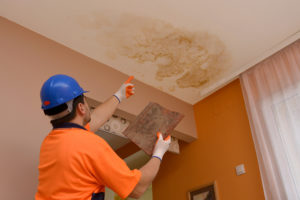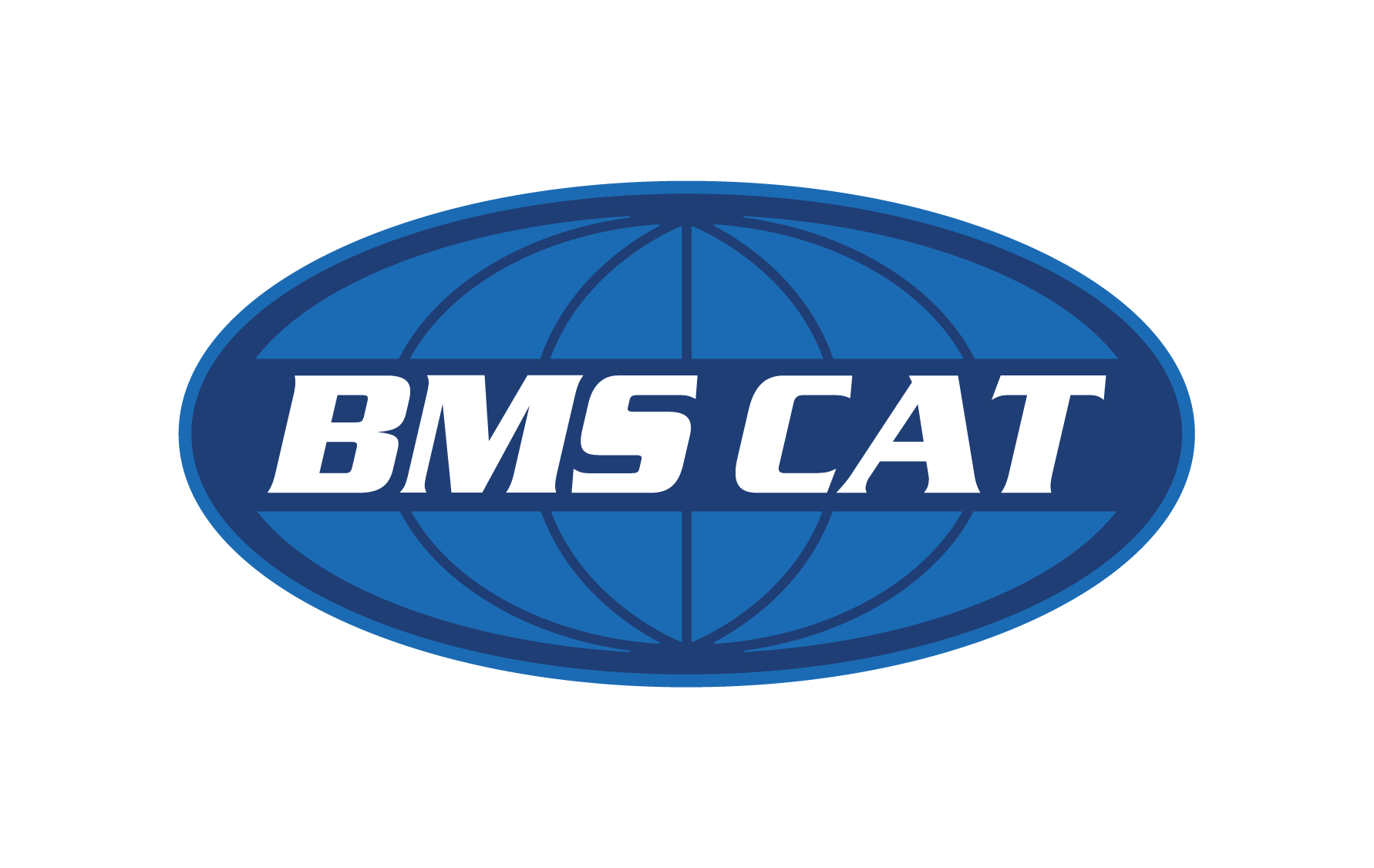A single hurricane can cause billions of dollars in damages. Even a smaller storm can cause flooding and destruction to your home.
 In 2017, 19.5% of property damage claims were related to water damage and freezing incidents. Don’t wait until a storm hits. Instead, you can take the proactive approach and protect your home before it’s too late.
In 2017, 19.5% of property damage claims were related to water damage and freezing incidents. Don’t wait until a storm hits. Instead, you can take the proactive approach and protect your home before it’s too late.
Here are the five essential home water damage prevention practices you need to prepare. Delaying could leave you with costly damages. Instead, prevent the worst before the water rushes in.
1. The Plumbing Process
Understanding your indoor plumbing system can make it a lot easier to maintain. Otherwise, you won’t know how to respond when home water damage does occur.
First, let’s take a look at your hoses and faucets. Put yourself on a schedule. Check the hoses that lead to your dishwasher, washing machine, refrigerator, and water heater once a year. If a natural disaster hits, make sure to check these hoses before and after the storm. Consider investing in a water leak monitoring and shut-off system. This system can make your life a lot easier. Instead of manually checking, you can rely on the system to alert you when a leak occurs. Make sure to immediately replace any hoses if they have a leak. You’ll need to replace these hoses every five to seven years. When water remains in a hose, it can freeze in the pipe and halt water flow. The worst-case scenario: your pipes bust, causing water damage to your floors, walls, and foundation. Keeping an eye on water flow can help you avoid these emergencies.
Double-check the seal and caulking around your tubs and showers. If necessary, reseal them so these areas remain watertight. Check the heating pipes and plumbing for any leaks or cracks, too. If you’re leaving on vacation, shut off the water supply to the washing machine. Make sure you know where the main water shut-off valve is. If there’s an emergency, you’ll be able to locate it immediately. Otherwise, you might lose valuable time (and money). If you’re still worried, install an emergency pressure release valve. This valve will protect against increased pressure to keep the pipes from bursting.
2. Prevent Water Seepage
Next, let’s head down into the basement. Resealing your basement can help prevent home water damage before it occurs. Check for any cracks in the building’s foundation or floor slabs. Otherwise, water can seep into these cracks and cause erosion. It can help to wait for a heavy rain before inspecting your basement. After it rains, look for any water seepage. You may need to paint these areas with a water sealant to prevent future water damage. A sewer backup can also cause water damage within your home. Consider installing a backwater valve. This will allow sewage to go out (and prevent it from coming back in).
3. Protect Your Possessions
In 2018, Hurricane Florence caused $28.5 billion in property damage in flood losses. If you’re worried about the incoming hurricane season, it pays to remain prepared! First, keep an up-to-date home inventory. Take photos of all your possessions and make a note of where they area. This comprehensive list can help you file a claim in the event of damage. Having this list will also save you time and stress if you do lose possessions due to water damage.
If there are items throughout your home you only need for a season, store them away when you’re done. Use waterproof bins (and not cardboard boxes) to keep these items safe. Waterproof bins are especially helpful if you store items in an area near plumbing pipes. This includes your basement or attic space. Never store your valuables in damp areas, otherwise, mold buildup might occur. Be sure to install shelving within your basement. If there’s a sewer backup or house flood, keeping your valuables off the ground can help prevent water damage.
4. Repair Your Home’s Exterior
The outside of your home needs a little attention, too. First, caulk and seal your windows. You can also consider installing impact windows to prevent water seepage. These windows are great if you live in a hurricane-prone area. Next, check the roof. Are there any missing or damaged shingles? Make the necessary repairs to avoid a leak. Clean out your downspouts. Otherwise, debris can cause water to build up. That water could flood your roof or attic if the blockage isn’t cleared away. You can also install gutter guards to prevent these clogs. That way, you can ensure the water keeps flowing away from your home. Otherwise, that water could build and cause damage to your roof. Finally, check the irrigation system and sprinklers.
Make sure they point away from your home as much as possible. Drain outside faucets as needed to make sure your pipes don’t freeze. Otherwise, the sprinkles and irrigation system could cause water damage to your home’s foundation and walls.
5. Mold Prevention
Mold grows and spreads everywhere. It loves damp spaces but, unfortunately, mold isn’t always covered by a standard homeowners policy.
Protecting your home from water damage can also help you prevent mold buildup. To prevent mold, it’s important to minimize moisture throughout your home. Here are a few tips:
- Use air conditioners and dehumidifiers
- Keep the humidity level in your home between 30-60%
- Use exhaust fans in the bathrooms and kitchen
- Clean your bathroom with bleach
- Inspect your fittings, pipes, and hoses
- Maintain your roof to prevent water seepage
- Don’t let your gutters clog
- Don’t install carpets in damp areas
- Remove standing water
Remove mold growth from your home as soon as possible. Standing water and damp materials, such as rags and towels, are breeding grounds for mold growth. Early detection can help you keep mold from breeding and spreading throughout your home.
Wash Up: 5 Essentials for Home Water Damage Prevention
Let’s keep all that water where it belongs: outside. With these tips for home water damage prevention, you can keep your family happy and safe, instead of all washed out.
Dealing with water damage or mold growth on your own? Contact Blackmon Mooring & BMS CAT today for a solution!
